
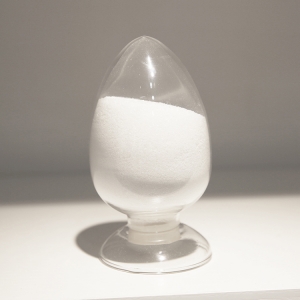
Name: paracetamol CAS No.: 103-90-2 Appearance: Colorless crystalline powder Molecular formula: C8H9NO2 Molecular Weight: 151.163 Melting point:168°C-172℃ PACKAGE:25KGS/BAG
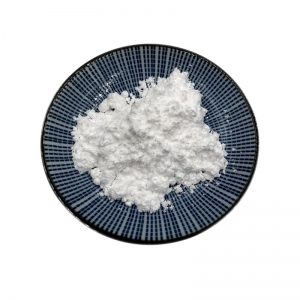
Name:Vitamin B1, Thiamine hydrochloride, Vitamin HCL Appearance: white or faintly yellow, crystalline powder CAS No.:50-81-7 Standard:BP2018/EP9.2 Molecular formula: C12H17ClN4OS·HCl
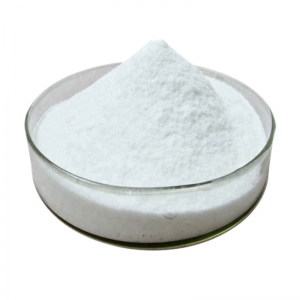
Name: Paracetamol CAS No.: 103-90-2 Appearance: White crystal powder Molecular formula: C8H9NO2 Molecular Weight: 151.1649 Density: 1.293 g/cm3 Melting point: 168-172℃ Water solubility: 14 g/L (20℃) Water solubility: 14 g/L (20 ºC)
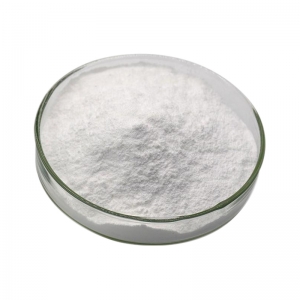
Name: Vitamin C, L-Ascorbic acid Specfication: 35% feed grade CAS No.: 50-81-7 Molecular formula: C6H8O6 Appearance: A almost white or light yellow powder Usage: Animal Feed Additive
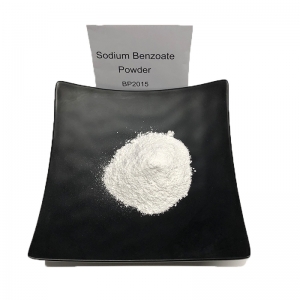
Name: Sodium Benzoate CAS No.: 532-32-1 EINECS No:208-534-8 Appearance:White granules or crystalline powder Molecular formula: C7H5NaO2 Molecular Weight: 144.1032 Density: 1.44 g/cm³ Melting point: 300℃ Boiling point: 249.3°C at 760 mmHg Flash point: 111.4°C Water solubility: soluble Vapor Pressure: 0.0122mmHg at 25°C
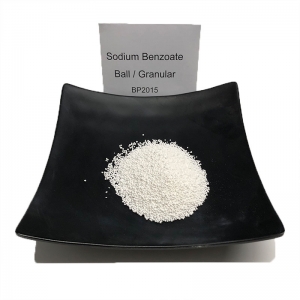
Anhui Sinotech company strictly select GMP products, support customer registration , and provide professional services to chemical customers in the global market.Purchase Sodium Benzoate Ball/Granular CAS NO.:532-32-1,inquiry Anhui Sinotech . Name: Sodium Benzoate Ball/Granular CAS No.: 532-32-1 Molecular formula: C7H5NaO2 Molecular Weight: 144.1032 Melting point: >300°C Boiling point: 249.3°C at 760 mmHg Density:1,44 g/cm3 Molecular structure: Description: Sodium benzoate balls/granules CAS NO.: 532-32-1, is an organic substance. It is white particles. Odorless or slightly benzoin smell. It has a slightly sweet and astringent taste. It is stable in the air, easily soluble in water, and soluble in ethanol, glycerol and methanol. After entering the body, sodium benzoate undergoes a biotransformation process and is excreted with urine without accumulating in the body. As long as it is within the normal dosage range, it is harmless to t...

Welcome to 135th China Import and Export Fair Dear Sir or Madam, The 135th Canton Fair is scheduled to open on April 15, featuring continuous optimization of exhibition structure, various premi...
Calcium acetate is an acetate of calcium that has a distinctive odor of white to brown or gray crystals. The common name for calcium acetate is calcium acetate. Anhydrous calcium acetate is very hygroscopic, so common calcium acetate exists in the form of monohydrate (Ca(CH3COO)2.H2O.
If alcohol is added to a saturated calcium acetate solution, a semi-solid, flammable colloid is formed, much like a canned fuel product, such as Sterno. California Snowball is a combination of calcium acetate and ethanol. The resulting colloid is white in color and piles up like a snowball.
Chlorocalcin acetate is calcium acetate chloride pentahydrate, which is considered a mineral but is often produced by human activities.
use
In kidney disease, the concentration of phosphoric acid in the blood may be elevated (hyperphosphate blood) and cause some bone problems. Calcium acetate can be taken in the diet to bind excess phosphoric acid. The side effect of this method is a stomachache.
Calcium acetate is also a food additive, mainly used in confectionery products.
preparation
CaCO3(s) + 2CH3COOH(aq) → Ca(CH3COO)2(aq) + H2O(l) + CO2(g)
Ca(OH)2(s) + 2CH3COOH(aq) → Ca(CH3COO)2(aq) + 2H2O(l)
Exposure and health effects
Contact route
The substance can be absorbed into the body by inhalation and ingestion.
Effects of short-term exposure
The substance irritates the eyes, skin and respiratory tract.
Inhalation hazard
The diffusion quickly reaches the concentration of particulate matter pollution in the air.
Effects of prolonged or repeated exposure
 online service
online service +8613866722531
+8613866722531 pweiping@techemi.com
pweiping@techemi.com pweiping
pweiping +8613866722531
+8613866722531